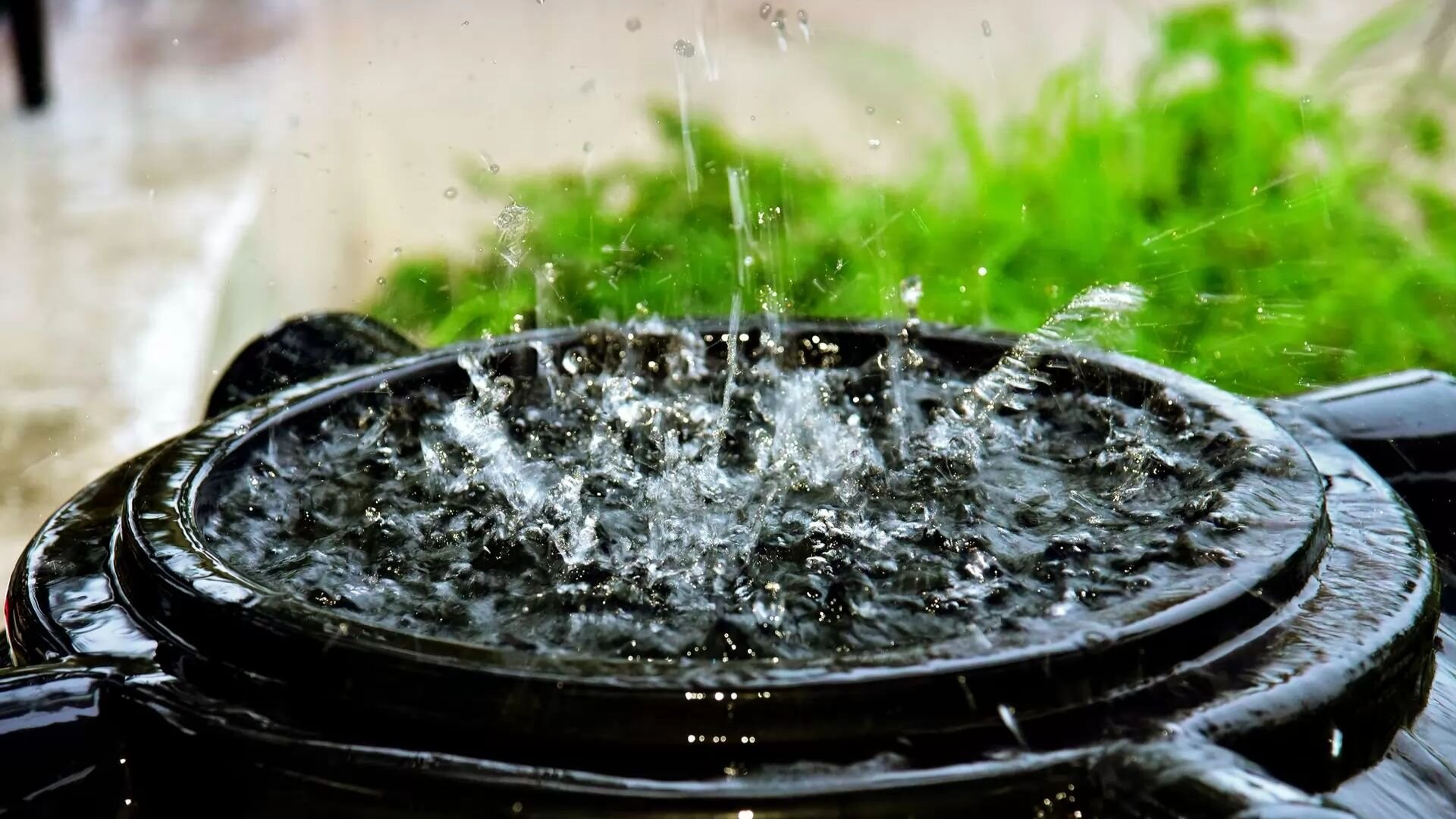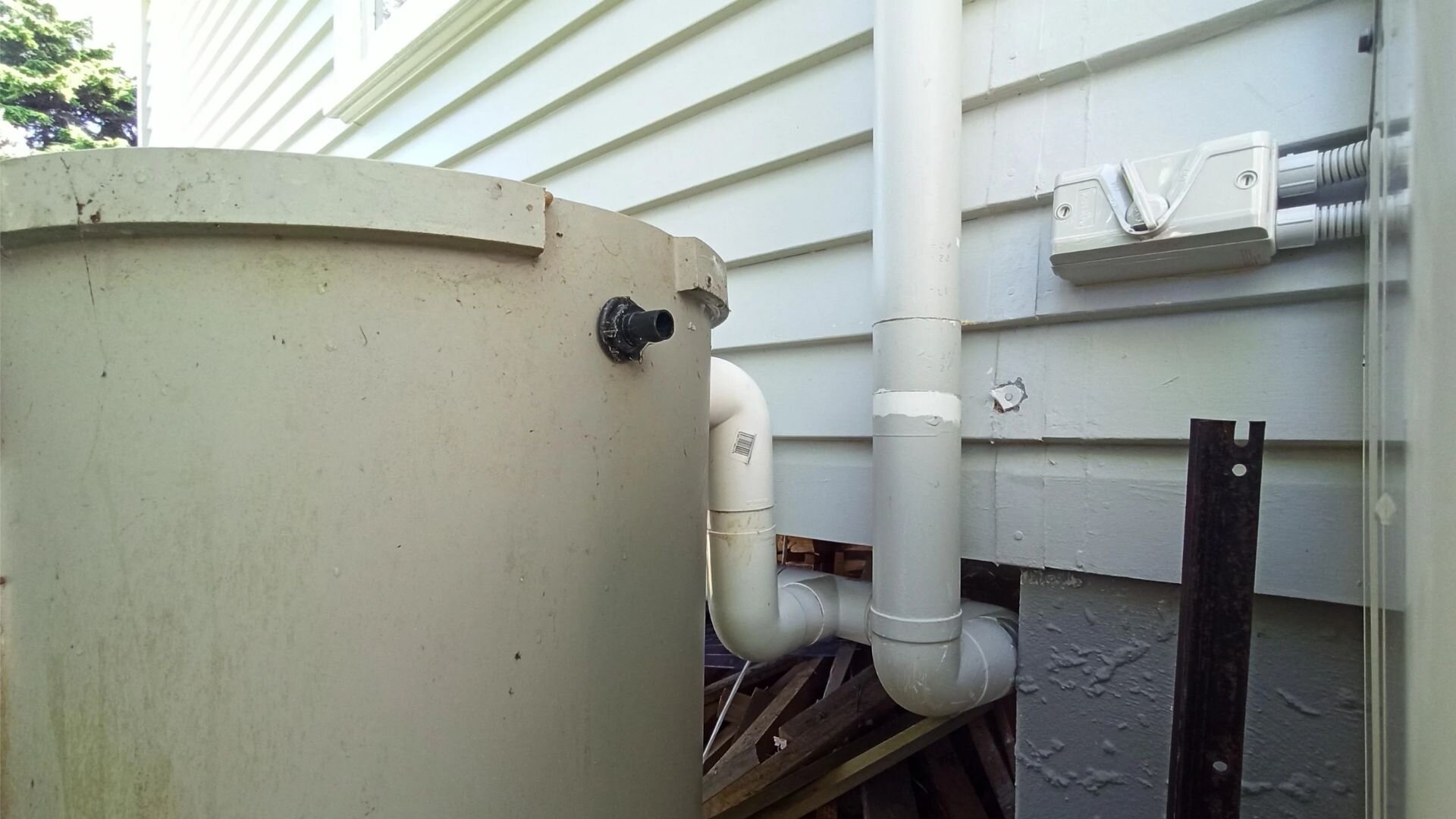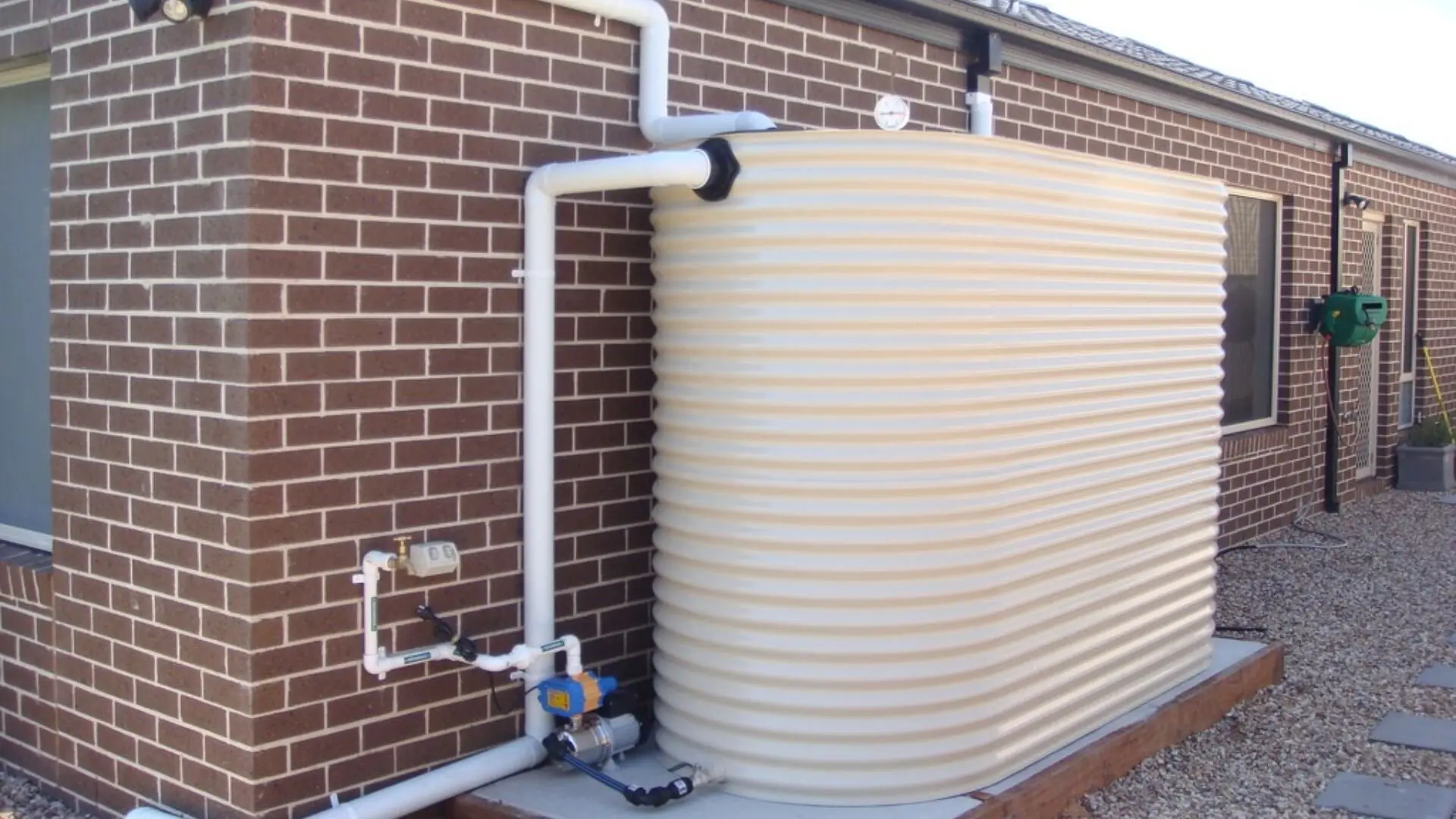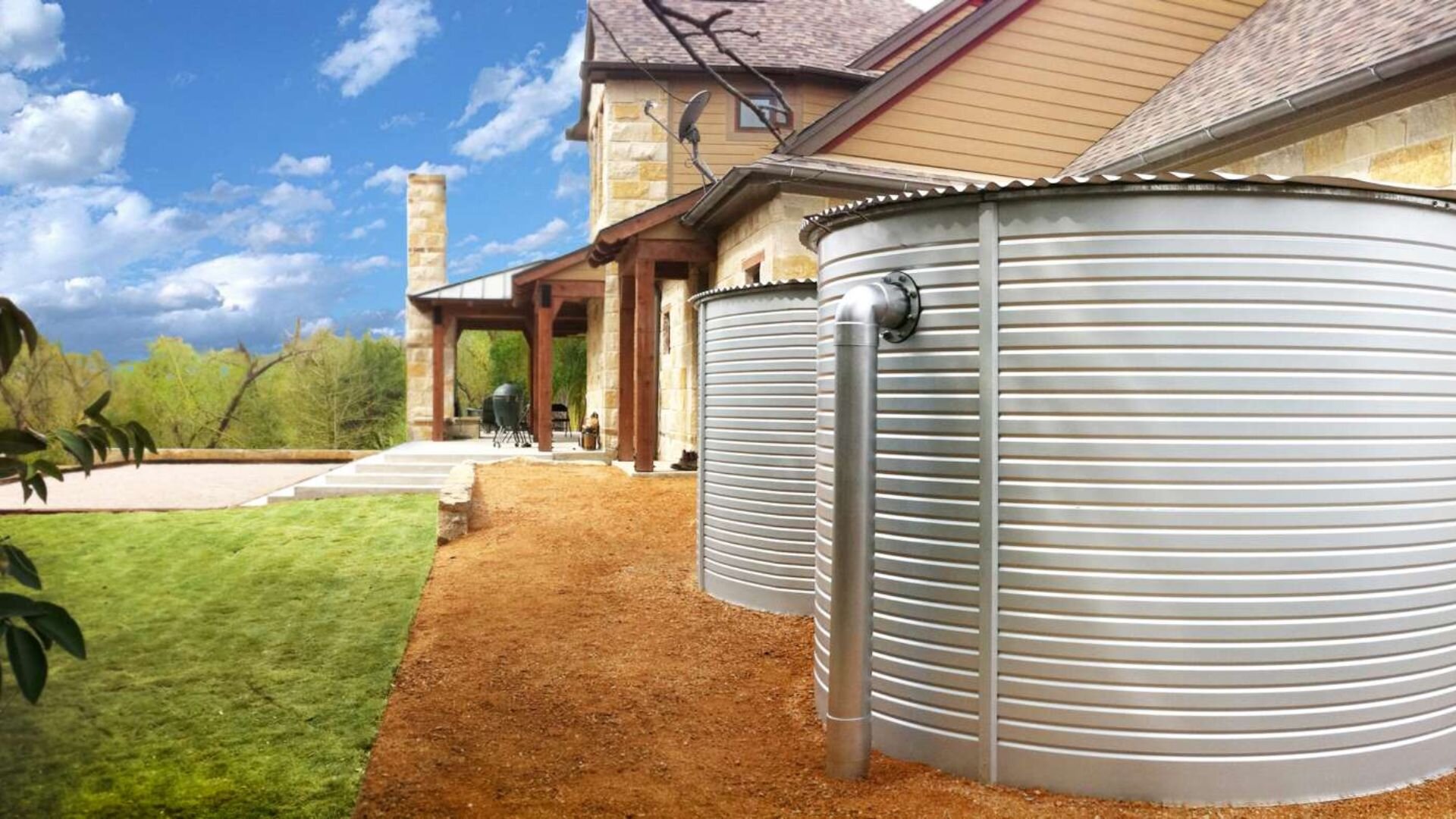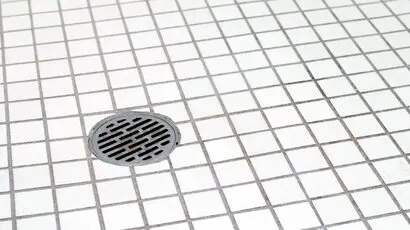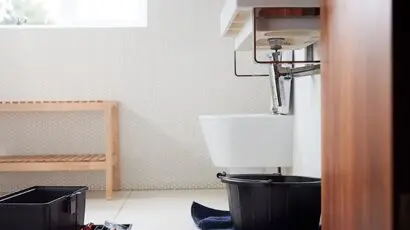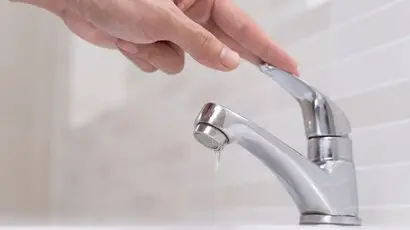In an era when environmental conservation is more than a mere consideration—it’s necessary—collecting and utilising rainwater has emerged as a key element of eco-friendly living. These tanks, serving as personal water reservoirs, allow us to capture and repurpose nature’s gift, turning rain into a renewable resource for everyday use.
Yet, as vital as these systems are, their efficacy is only as good as their structural integrity. Leaking tanks are more than just an inconvenience; they represent a direct threat to our water supply, leading to the squandering of the precious rainwater they are meant to conserve and potentially resulting in costly repairs that can strain any household’s budget.
Whether you’re worried about water quality or simply want to ensure your conservation efforts pay off, knowing how to prevent leaks in your rainwater tank is crucial. Let’s explore how you can stop leaks and maintain a dependable system.
Understanding Your Rainwater Tank
Rainwater tanks come in different materials, each requiring specific care. Concrete tanks are known for their sturdiness, while poly tanks, made from polyethylene, offer lightweight versatility.
Plastic tanks are popular because they’re cost-effective, while concrete tanks are prized for their durability. No matter the type, it’s essential to regularly inspect the entire system to spot early signs of leaks.
![]()
Common Causes of Leaks in Rainwater Tanks
Material Degradation
- Corrosion: Metal tanks can rust and corrode, especially if untreated and exposed to harsh environments.
- UV Damage: Sunlight can cause plastic tanks to become brittle and crack.
- Concrete Deterioration: Concrete tanks can crack from shrinkage, temperature changes, or acidic soils.
Installation Issues
- Poor Foundation: An unstable foundation may cause tanks to crack or split due to structural stress.
- Incorrect Assembly: Tanks improperly assembled may experience leaks at joints and seals.
- Inadequate Sealants: The wrong sealants or poor application can lead to leaks at fitting interfaces.
Environmental Stress
- Temperature Fluctuations: Expanding and contracting materials with temperature changes can cause leaks.
- Heavy Precipitation: Overwhelmed tanks from heavy rain, especially with faulty overflow systems, can leak from increased pressure.
- Ground Movement: Earthquakes or soil shifts can stress the tank and cause leaks.
Physical Damage
- Impact Damage: Storm debris, vehicle collisions, or equipment impacts can cause leaks.
- Animal Interference: Burrowing animals can undermine foundations or chew through tanks, creating leaks.
- Wear and Tear: Gradual deterioration over time can compromise a tank’s integrity, resulting in leaks.
Regular Inspection and Maintenance
Regular inspection and maintenance are vital in safeguarding the quantity and quality of your rainwater supply. Inspecting your rainwater tank at least twice a year is recommended to spot potential issues such as cracks, algae growth, or sediment build-up, which can lead to contamination.
![]()
Focus on critical areas prone to leaks and wear, such as seals, valves, overflow pipes, and screens. Regularly check and maintain these areas to prevent minor damage from escalating into significant leaks and protect your water from becoming a breeding ground for bacteria.
Swapping out worn parts promptly and keeping your tank and filters clean ensures your water system stays in top shape. This proactive step not only keeps your water supply intact but also extends the life of your rainwater tank.
Immediate Actions for Leak Detection
As soon as you spot a leak in your rainwater tank, quick action is crucial. Whether you’ve got a poly tank, a concrete one, or any other type, it’s vital to figure out if the leak is just a tiny drip or something more serious. Tanks under high pressure are prone to leaks, making swift action essential.
For a temporary fix, waterproof tape can help contain the leak, or a bucket can be placed underneath to catch the dripping water. If the leaking rainwater tank requires a more involved repair, such as in poly tank repairs, draining the water tank may be necessary to create a dry work surface and prevent further damage.
If the leak is beyond a simple fix, seeking professional advice is advisable. Experts can provide guidance on repair techniques for various types of water tanks, ensuring the repair is thorough and durable, especially for substantial leaks.
Repair Techniques for Different Types of Tanks
The material of your tank determines the repair approach. For instance, minor cracks in concrete tanks can usually be fixed with special sealants designed for masonry. These products offer flexible repairs that can handle additional environmental pressures.
However, larger fissures might risk the tank’s structural integrity and are best addressed by a professional who can evaluate and execute the necessary repairs.
![]()
On the other hand, plastic tanks can sometimes be patched with kits expressly designed for the material, including a piece of patching material and adhesive. More considerable damage may require plastic welding, which requires a professional repair technician’s expertise and specialised equipment.
Metal tanks suffering from rust-induced leaks need thorough treatment. The rust must be removed, and the area must be treated with a rust inhibitor before applying a patch—usually an epoxy compound engineered for metal surfaces.
It’s crucial to thoroughly clean and prepare the area around the leak for all repairs, following the product’s application instructions closely. Correctly adhering to the manufacturer’s guidelines ensures effective repair, prolonging the life of the rainwater tank and maintaining the efficiency of your water conservation system.
Preventative Measures to Extend Tank Life
Ensuring the longevity of your rainwater tank involves proactive measures that help avoid leaks and the need for repairs. Proper installation stands as the cornerstone of a leak-free tank. It sets the stage for a stable and secure water storage solution, significantly reducing the potential for future issues.
Protective coatings can shield tank materials from environmental elements contributing to degradation and leaks. These coatings act as a barrier against harsh weather conditions and UV radiation, particularly for metal and plastic tanks, helping to prevent rust and material brittleness.
![]()
Regular cleaning and maintenance of gutters are also crucial. Gutters channel water into your tank, and keeping them clear of leaves, debris, and silt prevents blockages and excessive water flow, which can put undue pressure on your tank and its fittings, potentially leading to overflows or leaks.
Incorporating certain accessories into your rainwater harvesting setup can significantly contribute to preventing leaks and extending the life of your tank. First flush diverters ensure that the initial runoff from your roof, which may contain contaminants, does not enter the tank, thereby reducing the risk of internal damage and contamination. Inlet strainers play a similar role by filtering out debris before it can enter the tank.
Additionally, overflow siphons can be instrumental in managing excess water levels within the tank. They help prevent overfilling, which, if unchecked, can cause structural stress and increase the likelihood of leaks.
Tank level gauges are also beneficial. They allow for precise monitoring of water levels, allowing you to manage water intake and discharge effectively, ensuring that your tank operates within its ideal capacity range.
Securing Your Rainwater Harvesting System
A well-maintained rainwater tank is crucial for a sustainable and effective water collection system. Recognising the usual suspects of tank leaks and taking preventive actions are vital to maintaining a dependable water source for your home and garden.
Regular inspections, prompt leak repairs, and strategic investments in maintenance and accessories will uphold your tank’s integrity. Take charge of your rainwater storage and help preserve this essential resource.
Need Help with Your Rainwater Tank? Contact WP Plumbing in Melbourne for expert assistance. Professional support ensures your rainwater tank is in top shape from maintenance to repair. Call us now to secure the efficiency of your rainwater harvesting system!

